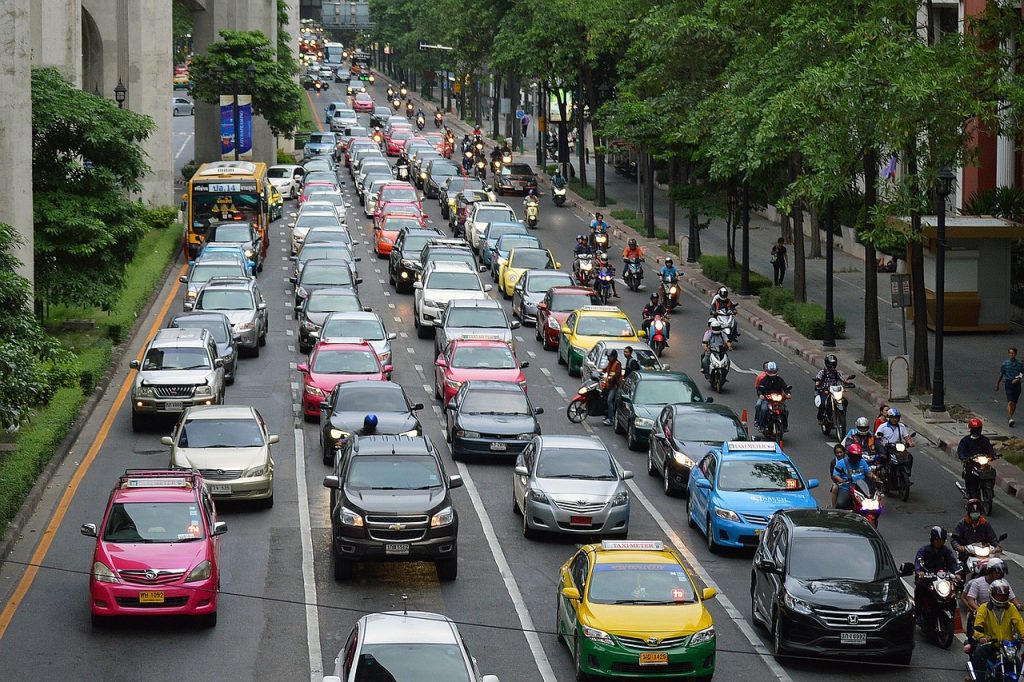Why You May Soon Have To Pay Money To Drive At Certain Times
Regulators, lawmakers, and urban planners are increasingly considering congestion pricing as a means of lessening and better controlling traffic in America's biggest and busiest cities.
This article is more than 2 years old

Driving, which may seem like a luxury a hundred years ago, is now so embedded into modern life that it seems hard to imagine life without such swift transport. But now, drivers may see it less as a necessity and more of a luxury, as some cities are bringing in plans to charge people to drive at certain times, with what is being touted as traffic-related congestion pricing.
As cars became more mainstream in modern society, they started to fill up the roads, with nearly every household owning one. But now, with multiple adults and young teenagers owning vehicles, many households have multiple vehicles. Due to the growing number of vehicles on the roads, traffic and congestion have steadily increased in many cities nationwide for the last number of years. Hence, why lawmakers are increasingly considering congestion pricing.
The congestion has gotten so bad in some cities that drivers have lost up to 51 hours a year sitting in traffic, which is an incredible jump of 54 percent from the previous year’s statistics. But these statistics still have not reached the pinnacle of pre-pandemic commuter woes as in 2019. Traffic jams cost commuters over 100 hours annually, which is such a waste of time for people who could be spending it with their families and loved ones.
While traffic had reduced during the COVID-19 pandemic in 2020 and 2021, it is steadily on the rise in every major city. But post-pandemic, there is a rise in suburban traffic also, as many employees have changed their work habits due to the increase in popularity of hybrid working.
So what is the answer to such a complex issue? Well, it seems there is not one clear path. The options have divided opinions across the nation and various cities giving a number of plans that would help. Options like widening roads, more public transport, and better urban planning and design. But while these are suitable short-term solutions, they do not fix the long-term problem.
Some economists suggest that the only way to truly solve the problem of congestion and commuter traffic is to utilize congestion pricing. While it has been politically controversial. It has been implemented quite successfully for a number of years in key cities around the world, including London and Singapore.
But this idea has encountered quite a lot of backlash from cities like New York. But in London, implementing congestion pricing over two decades has reduced traffic by over half and has made the city a cleaner place to live and work. These statistics should help New York City get on board with such tactics.
In these times when everyone needs to get to work in the same timeframe, there is going to be heavy traffic and footfall throughout the busiest areas of major American cities. If implemented correctly, it could also cause a significant shift in America’s carbon emissions as people will start using public transport or carpooling more often, leaving their gas-powered vehicles at home. It sounds like congestion pricing is the only way forward that could work for everyone, including the planet.





